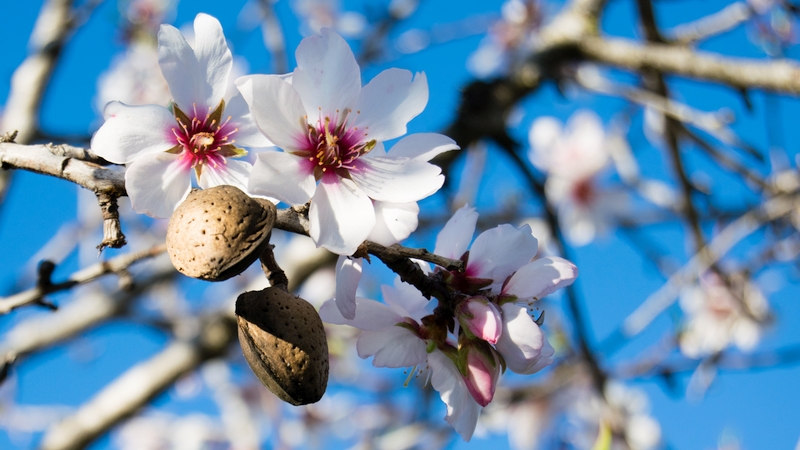New Strawberry Star Is Born

Winterstar ‘FL 05-107’ (U.S. patent pending) is a new strawberry cultivar released from the University of Florida in 2011. It originated from a cross between Radiance and Earlibrite made in 2005. Commercial quantities of Winterstar are being grown for the first time in 2012-2013 in the Plant City area. Small plot research at the Gulf Coast Research and Education Center (GCREC) and grower-scale trials have been conducted over the past three years in collaboration with Dr. Natalia Peres (GCREC pathologist) and Dr. Bielinski Santos (GCREC horticulturist) to generate tailored management recommendations.
This cultivar was released to complement the current industry standard UF varieties Festival and Radiance. Winterstar has similar early yields and total season yield patterns compared to Radiance when planted on the same dates. However, it is better adapted than Radiance to early planting dates in late September and early October, which makes it effectively the earliest of the UF varieties. This cultivar has not exhibited the overly elongated fruit that many growers have observed on early planted Radiance, and the plant also is more robust and compact.
Preliminary trials indicate that Winterstar performs better as a plug plant than Festival, and growers who have enjoyed success with Radiance plugs are encouraged to trial plugs of this variety as well.
Fruitful Facts
Winterstar also possesses several distinct fruit quality characteristics, most notably its appearance and eating qualities. The color of the fruit also is a distinctive bright-red that darkens very little after cold storage and darkens very little at the onset of warm temperatures in late February and March. The fruit have lower acid concentrations compared to other UF varieties, giving a greater perception of sweetness. Fruit size, uniformity, and shape ratings are approximately equal to Radiance. The fruit are resistant to rain cracking, but ripe fruit laying in standing water on the plastic mulch have sometimes developed a pale water-soaked spot on the underside. Grower cooperators have reported that the affected area will “heal” if the fruit are allowed to dry out prior to picking. The firmness of the fruit is intermediate between Radiance and Festival. Early indications are that Winterstar should have good shipping quality, as water loss and shrinkage after storage have been similar to that of Festival.
Input Info
Preliminary field studies have suggested Winterstar is a moderate-fertilization cultivar, similar to Radiance. Pre-plant fertilizer applications are not recommended. However, fertigation through the drip tape should begin as soon as possible after planting.
| Disease | Causal Agent | Festival | Radiance | Winterstar |
| Anthracnose fruit rot | Colletotrichum acutatum | MR | R | MR |
| Angular leaf spot | Xanthomonas spp. | S | S | MR |
| Botrytis fruit rot | Botrytis cinerea | MR | MS | MS |
| Charcoal rot | Macrophomina phaseolina | S | MR | MR |
| Colletotrichum crown rot | Colletotrichum gloeosporoides | S | MS | MR |
| Phytophthora root rot | Phytophthora cactorum | R | HS | S |
R=Resistant; MR=Moderately Resistant; S=Susceptible; HS=Highly Susceptible
Multiple years of controlled inoculation tests have resulted in disease control recommendations and comparisons of resistance with other UF cultivars. Winterstar is characterized as moderately resistant to both angular leaf spot and Colletotrichum crown rot. It is the most resistant Florida cultivar to these two diseases. It also is moderately resistant to charcoal rot, a root disease of increasing importance in Florida since the loss of methyl bromide. However, Winterstar is susceptible to Phytophthora root and crown rots. Therefore, preventative actions should be taken against this disease both in the nursery and growing field. Early-season plant collapse can be caused by multiple pathogens, so growers are encouraged to submit a sample to the UF Plant Diagnostic Clinic at the GCREC where the pathogen will be isolated and identified and control recommendations provided.









